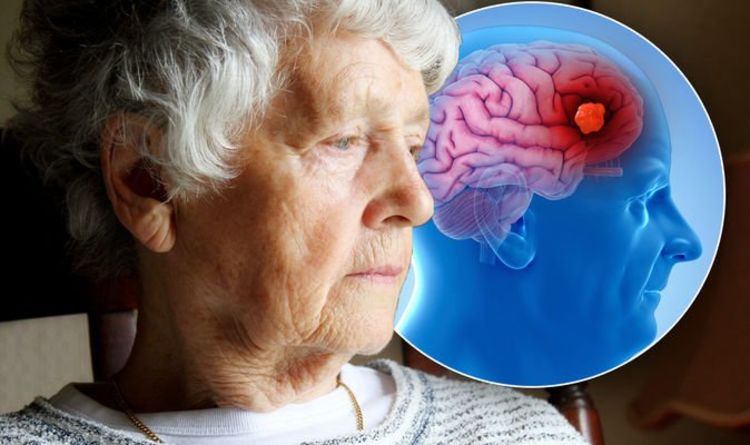Researchers at the National Institutes of Health have identified abnormal proteins in the spinal fluid of patients with amyotrophic lateral sclerosis (ALS) and frontotemporal dementia (FTD). This discovery has the potential to enhance the diagnosis of these conditions. The study, published in Science Translational Medicine, focused on proteins formed from cryptic exons, which are abnormal segments of RNA that occur when TDP-43, a protein responsible for regulating RNA processing, malfunctions. Dysfunction of TDP-43 is associated with ALS, FTD, Alzheimer’s disease, and Limbic Associated TDP-43 Encephalopathy (LATE).
It was found that these mis-spliced sections of RNA can generate novel proteins from the cryptic sequence. This breakthrough indicates how cryptic exons could be involved in the progression of dementia-related diseases and offers the potential for identifying conditions with TDP-43 dysfunction before symptoms manifest. Presently, detection of TDP-43 aggregates in the brain can only be accomplished postmortem.
Usually, TDP-43 plays a role in controlling protein production by regulating RNA processing. To function effectively, TDP-43 must remain in the cell nucleus, where DNA resides. However, in ALS and other neurodegenerative diseases, TDP-43 leaks from the nucleus and forms abnormal clumps in the surrounding cytoplasm.
Dr. Michael Ward, Senior Investigator at the National Institute of Neurological Disorders and Stroke (NINDS), co-director of the iPSC Neurodegenerative Disease Initiative at NIH Intramural Center for Alzheimer’s and Related Dementias (CARD), and senior co-author of the study, stated that TDP-43 pathology causes brain cells to incorrectly splice hundreds of RNAs, some of which are translated into new proteins not typically found in healthy cells. Dr. Ward believes that this discovery may lead to the development of sensitive diagnostic tests capable of detecting TDP-43 pathology in living patients.
Diagnosing ALS and related conditions is often challenging due to the absence of a definitive test and symptoms that resemble those of other disorders. Physicians typically perform physical examinations, evaluate symptoms, conduct brain imaging, and employ tests to rule out other conditions.
TDP-43 pathology is a defining characteristic in nearly all ALS patients and approximately half of FTD patients. It can also be observed in roughly 50% of individuals with Alzheimer’s disease. However, existing technology cannot detect or measure TDP-43 pathology in living patients, posing challenges for accurate diagnosis and therapy development.
Cryptic exons typically destabilize and degrade RNA transcripts, which are RNA strands produced during gene transcription. Until now, scientists had not considered the possibility that some cryptic exon transcripts are not degraded but instead give rise to novel proteins.
By utilizing induced pluripotent stem cells (iPSCs) as models for neurodegenerative disease, the research team created a catalogue of cryptic exons and identified 65 peptides originating from 12 cryptic exons. They subsequently detected those same cryptic exons in postmortem brain samples from individuals with ALS/FTD spectrum disease and compared them to samples from healthy controls. The team confirmed the presence of resulting novel proteins in patient-derived iPSCs. Furthermore, they demonstrated that proteins containing cryptic sequences interacted with other proteins differently, potentially altering their function.
The researchers hypothesized that these newly discovered proteins may be perceived as foreign by the immune system, leading to inflammation that could contribute to neurodegeneration. Finally, the team examined cerebrospinal fluid from individuals with ALS/FTD spectrum disorders and identified 18 new proteins encoded by cryptic exons across 13 genes.
In addition to advancing our understanding of the biological processes underlying the death of neurons in ALS, FTD, and other neurodegenerative diseases associated with TDP-43, the discovery of novel proteins in the spinal fluid of patients may enable the early diagnosis of these conditions and serve as biomarkers reflecting therapeutic responses in clinical trials.
*Note:
1. Source: Coherent Market Insights, Public sources, Desk research
2. We have leveraged AI tools to mine information and compile it



